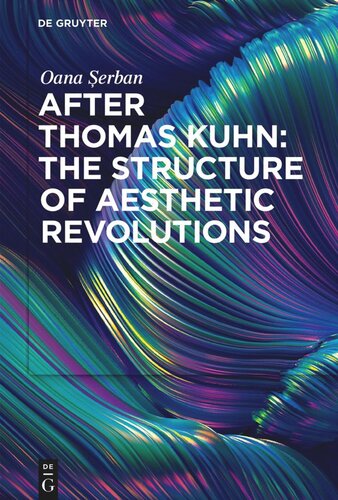

Most ebook files are in PDF format, so you can easily read them using various software such as Foxit Reader or directly on the Google Chrome browser.
Some ebook files are released by publishers in other formats such as .awz, .mobi, .epub, .fb2, etc. You may need to install specific software to read these formats on mobile/PC, such as Calibre.
Please read the tutorial at this link: https://ebookbell.com/faq
We offer FREE conversion to the popular formats you request; however, this may take some time. Therefore, right after payment, please email us, and we will try to provide the service as quickly as possible.
For some exceptional file formats or broken links (if any), please refrain from opening any disputes. Instead, email us first, and we will try to assist within a maximum of 6 hours.
EbookBell Team

5.0
110 reviewsThis book reflects the most recent research devoted to a systematized perspective and a critical (re)construction of previous theoretical attempts of explaining, justifying and continuing Kuhn’s ingenious hypothesis in arts. Hofstadter, Clignet and Habermas revealed to be the most engaged scholars in solving this aesthetic "puzzled-problem". In this context, the structural similarities between science and arts are attentively evaluated, thus satisfying an older concern attributed to the historical Kuhn-Kubler dispute, extensively commented along the pages of this book.
How can we track the matter of rationality and truth in art and aesthetics, inspired by scientific perspectives? Are artistic styles similar to scientific paradigms? Are we entitled to pursue paradigms and masterpieces as rational models in science, respectively in arts? On what possible grounds can we borrow from science notions such as progress and predictability, in the study of the evolution of art and its aesthetic backgrounds? Are the historical dynamics of science and art affected by political factors in the same manner? This book will be of interest to philosophers, but also to historians of science and historians of art alike in the reassessment it provides of recent debates on reshaping the art world using Kuhn's "paradigm shift".